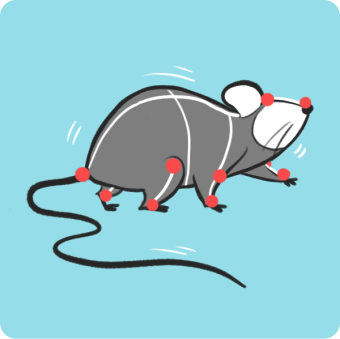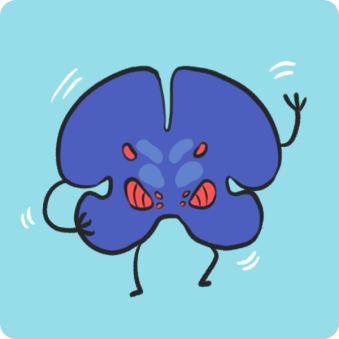Our lab studies how the brain gives rise to action. On the experimental front we use molecular, optical, and electrical tools with specialized 3D motion capture. Computationally, we use machine learning to automatically identify specfic movements.

We aim to develop a “mouse movement clinic”. In short, you can get a person to wear a suit with Styrofoam balls – we want to do this in a mouse. We are exploring fluorescent materials compatible with 3D imaging that can be introduced into the mouse’s skin.

We’re working on molecular tools that enable visualizing activity. Specifically we aim to develop tools that allow for better spectral multiplexing.

The basal ganglia are a collection of deep brain structures present in every extant vertebrate. When things go awry in the basal ganglia the result is debilitating disorders such as Huntington’s and Parkinson’s disease. Despite the importance of this brain structure, how it controls movement and action remains hotly debated. We’re applying our unique methods to tackle this question.

We aim to use our unique technologies for measuring the brain and behavior to better treat neurodegenerative disease. Through performing multi-modal measurements while stimulating the brain, we can precisely tailor our stimulation for each unique neural and behavioral context. We hope to pave the way towards next-generation treatments for diseases amenable to brain stimulation, e.g. Parkinson’s disease.